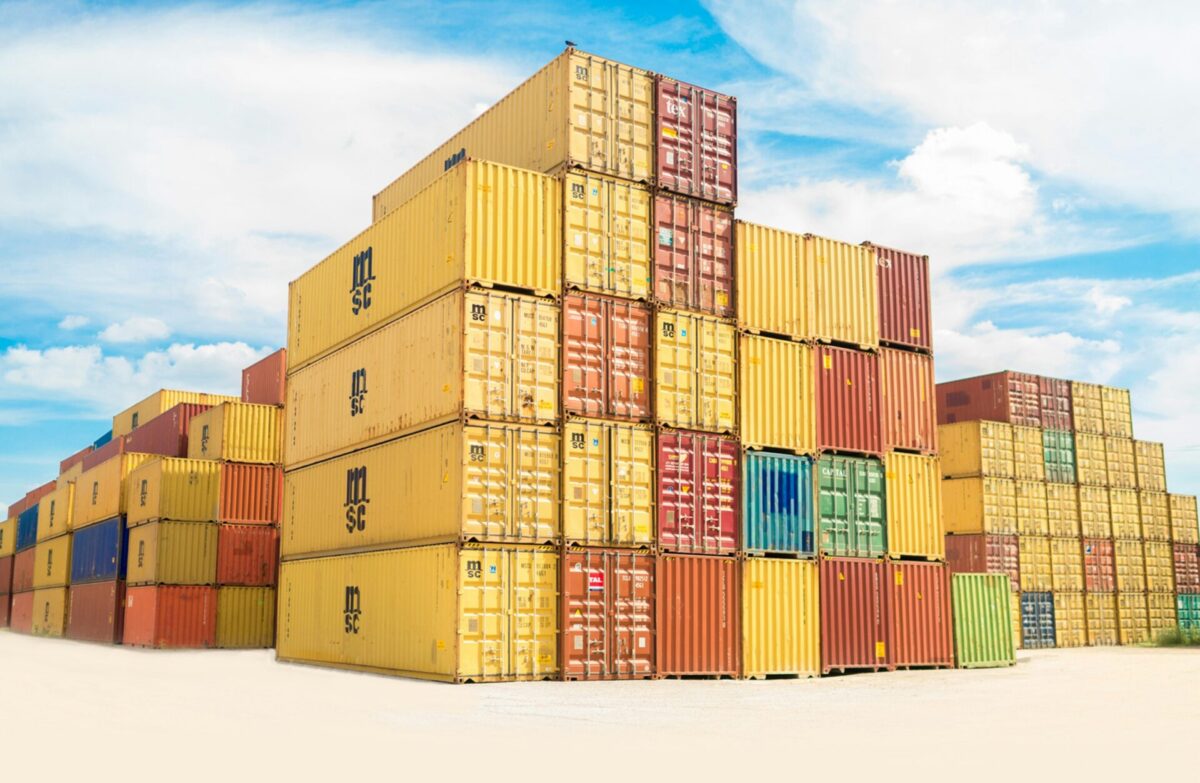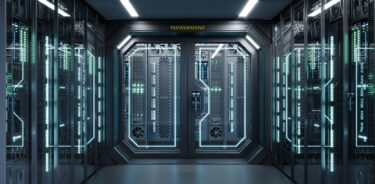A typewriter in the 80s wrote around 60 words a minute. Forty years later, the fastest writers double that.
As technology adapts, humans find more efficient ways of working, make different mistakes, and adopt new habits. Step by step, the necessary human skills required to complete tasks are advancing as automation, strategizing, and digitalization increase worldwide. That means the intelligence quotient (IQ) considered appropriate for a position is rising every few years.
While some logistics companies get burned by over-hyped technologies when leaping into unknown realms such as blockchain, others, like Hanjin Shipping, fall short by failing to evolve.
Logistics leaders must avoid the “buy it all, plug it in, and hope people use it” approach outlined by Ernst & Young as a reason 70% of digital transformations fail. Instead, they must carefully consider the advantages of AI applications and the rollout of technology alongside their employees, steadily adopting new processes to succeed.
AI helps streamline logistics
A 2023 Freightos report found almost four-fifths of logistics professionals surveyed had plans to leverage AI. Given the diverse applications of logistics AI expanding across planning, operations, pricing, and customer service, this figure is unsurprising. However, only 15% of respondents had begun implementing it.
AI-enabled analysis of weather, ocean currents, and container movements helps shipping giants make operations more efficient and reduce their customers’ CO2 footprint. Swap the data to pricing models and competitor packages, and the analytics tools also support sales teams in offering customers better shipping services and price points.
The motives for adding this extra intelligence layer are to reduce the risk of human error and unforeseen events causing delays while increasing job satisfaction, productivity, and sustainability.
In the coming ten years, zero-touch logistics is expected to take over from costly booking procedures and hands-on customer service. Instead, extensive data processing will enable real-time recommendations, leaving a digital trail that enhances the predictability and transparency of container movements. AI becomes a guiding hand, putting those overseeing operations in the driver’s seat.

The requirements for skilled workers to adapt
Big players in the industry, such as Maersk, are aligning their workforce with the technology innovation cycle in preparation for adopting generative AI and ML into their daily operations. Strong software engineering teams have allowed them to innovate and develop valuable business-critical use cases, including improved efficiency of their port terminals. With digital twins, they can simulate how the cranes and vehicles move so that business leaders can better plan and improve port traffic.
Smaller companies can also leverage these technologies, improving their performance and work conditions by aligning their objectives with the solutions from industry AI vendors.
Human talent responsibilities shift from administrative tasks to spending more time on strategic and operational challenges. This includes figuring out how to effectively manage peaks in demand or journey plans, for example—and the demand forecasting and route optimization tools that can help them. Take the Panama Canal, for example. Prone to draught, any regional shippers could greatly benefit from strategic thinking, scenario planning, and route optimization software to determine potential consequences and re-route for guaranteed passage.
Similarly, sales agents interacting with customers will have more interesting jobs as they adapt to tools such as large language models (LLMs) and generative AI. Understanding prompt engineering and structuring text interpretable to LLMs, enables these platforms to provide agents with valuable real-time information, such as quotes and language support, helping them respond to clients’ requests faster and with precise pricing.
As processes become more automated and more strategic, they become more complex, increasing the need for hiring software engineers. In the long term, the demand for lower-skilled workers will shift more toward workers with initiative and who are good at interacting with advanced software in a non-standardized manner.
Stabilizing the innovation curve
The skills needed five years ago are different now, and will change again in two-and-a-half years. Just as Excel and Word proficiency became a prerequisite for many roles over the last two decades, the same can be said of Google Analytics for marketing and e-commerce. With the logistics industry developing further, leading applications such as AI-powered analytics and LLMs will require technical aptitudes, and people with such skills will be in higher demand by the market.
Workers must question their company’s working methods, be aware of the change, and increase their IT skills.
The Freightos report mentioned above noted that 80% of logistics companies have projects to implement new AI systems—and employees eager to get involved and be part of the change will be more valuable to their current employers and more hireable to new companies. Those who try to understand the capacity for technological advancements in their roles and learn from competitors are one step ahead of other candidates.
Business leaders must keep a close eye on the innovation curve and upskill their workforce to stay competitive. The best benefits lie in the synergy between humans and technology—those who embrace the available tools alongside investing in training their workforce will succeed.
Article by Asparuh Koev, Co-Founder and CEO of Transmetrics

This article includes a client of an Espacio portfolio company












